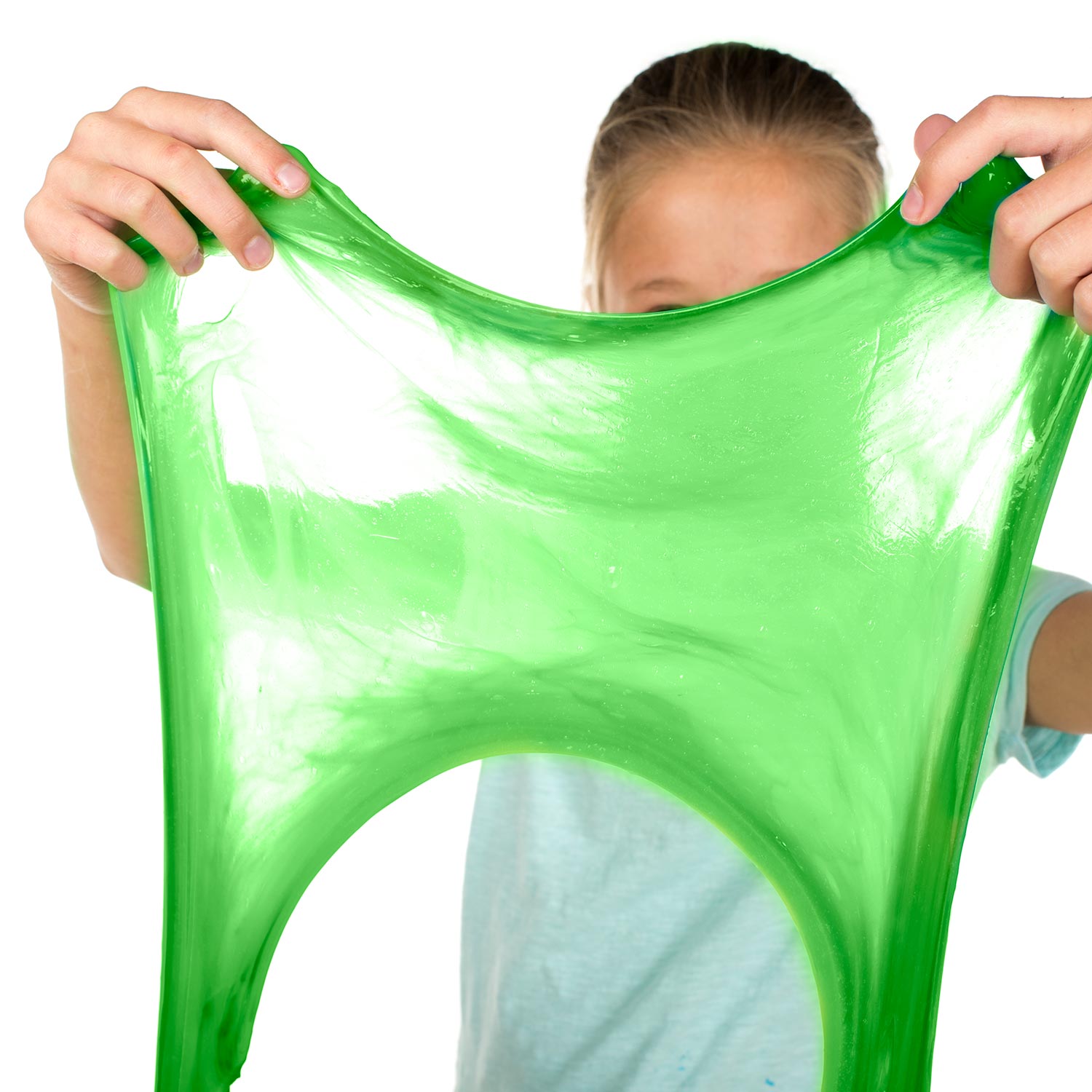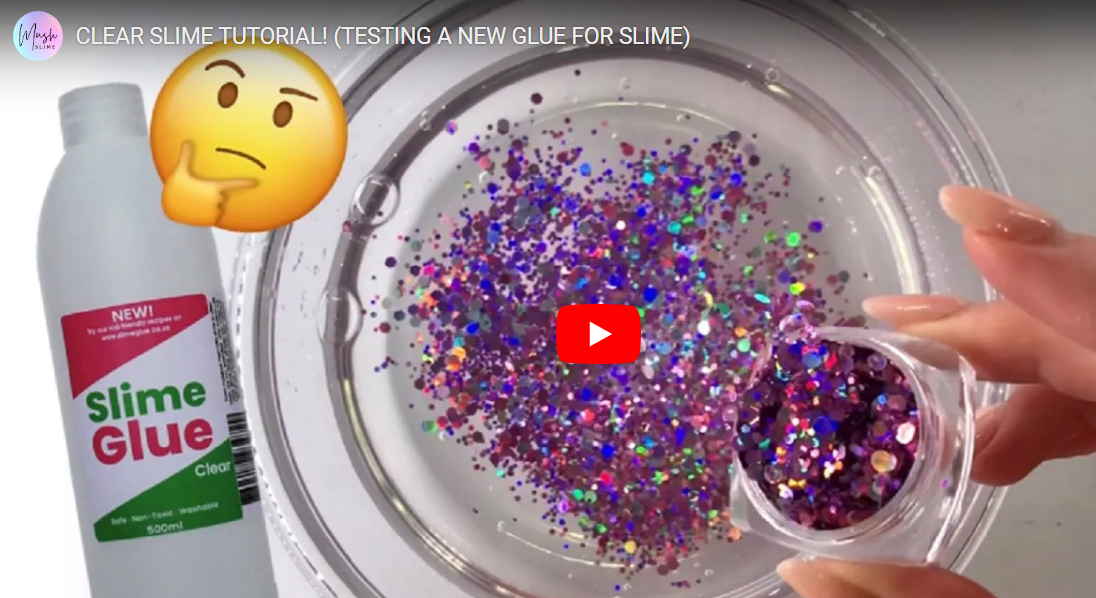We're about easy-to-use amazing Slime Glue. More
🚚 Fast delivery with Free Options*. Track Order
Blog Post

The Science of Slime

You know about slime. You've either made it as a science project or blown the natural version out of your nose. Do you know what makes slime different from a regular liquid? Here's a look at the science of what slime is, how it forms, and its special properties.
Shop Now
What Is Slime?
Slime flows like a liquid, but unlike familiar liquids (e.g., oil, water), its ability to flow, or viscosity, is not constant. So it's a fluid, but not a regular liquid. Scientists call a material that changes viscosity a non-Newtonian fluid. The technical explanation is that slime is a fluid that changes its ability to resist deformation according to shear or tensile stress.
What this means is, when you pour slime or let it ooze through your fingers, it has a low viscosity and flows like a thick liquid. When you squeeze a non-Newtonian slime, like or pound it with your fist, it feels hard, like a wet solid. This is because applying stress squeezes the particles in the slime together, making it hard for them to slide against each other.
Most types of slime are also examples of polymers. Polymers are molecules made by linking together chains of sub units.
Examples
A natural form of slime is mucous, which consists mainly of water, the glycoprotein mucin, and salts. Water is the main ingredient in some types of human-made slime, too. The classic science project slime recipe mixes glue, borax, and water.
Other types of slime are mainly oils rather than water. Examples include Silly Putty and electroactive slime.
How It Works
The specifics of how a type of slime works depends on its chemical composition, but the basic explanation is that chemicals are mixed to form polymers. The polymers act as a net, with molecules sliding against each other.
For a specific example, consider the chemical reactions that produce classic Slime Glue and borax slime:
The cross-linked polyvinyl alcohol traps a lot of water, so slime is wet. You can adjust the consistency of slime by controlling the ratio of glue to borax. If you have an excess of diluted glue compared with a borax solution, you'll limit the number of cross-links that can form and get a more fluid slime. You can also adjust the recipe by limiting the amount of water that you use. For example, you could mix the borax solution directly with glue, producing a very stiff slime.
Share
Tweet
Share
Mail



